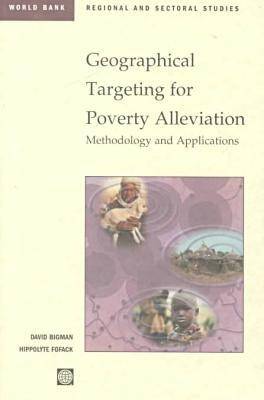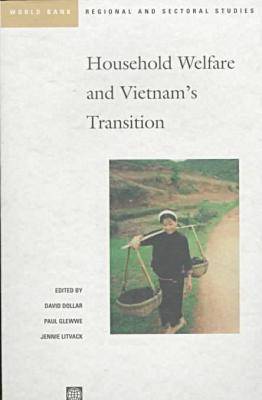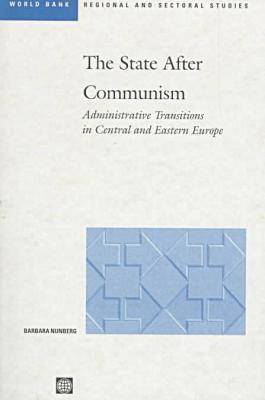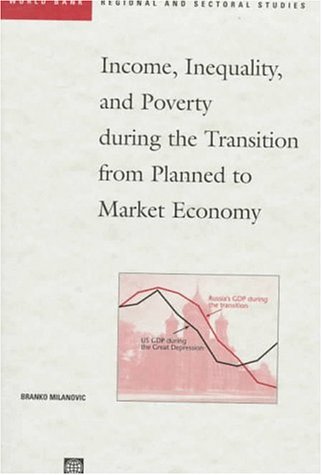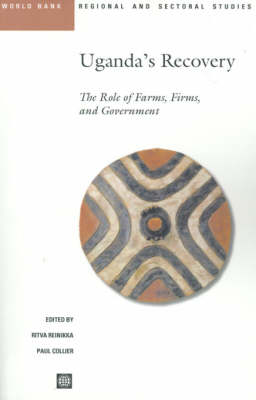World Bank Regional & Sectoral Studies
5 total works
'..in many developing countries, there are large differences in economic conditions and the standard of living between regions, and even between communities within the same region. In many countries, poverty has a clear geographic dimension, since the poor are often concentrated in pockets of poverty. Therefore, the design of poverty alleviation policies must also have a signficant spatial component.' Although development projects are carefully designed and meticulously evaluated for cost effectiveness and benefits, too many of them are not sufficiently targeted geographically. The growing availability and use of spatial data, organized in a computer system such as a geographical information system (GIS), makes it more feasible to analyze the impact of projects in specific locales and to achieve more effective targeting. 'Geographical Targeting for Poverty Alleviation' introduces the basic concepts of a GIS. It also demonstrates how to organize geographic and nongeographic data. In addition, it presents different methods for using the data of the Household Income and Expenditure Survey, together with other surveys and the population census, to provide estimates for the standard of living and the incidence of poverty incidence in different geographical areas of a country. Ultimately, these estimates should be used to establish guidelines for targeting poverty alleviation projects. This publication illustrates different GIS applications for identifying the project's target population, determining the project's spatial 'sphere of influence' or deciding where to locate public facilities. This publication is of interest to task managers, economists, development researchers, and geographers.
Vietnam's rapid growth has transformed the country, reducing poverty from about 75 percent of the population to about 50 percent. At the same time, its transition from a planned to a market economy has created new challenges for public policy in a wide range of areas. This volume explores issues such as which macroeconomic and structural reforms led to growth, what effect reform has had on the household economy, and how the transition has affected education, health, fertility, and child nutrition. It provides an analysis of economic and social policies and shows how micro-level data can be used to analyze the likely effect of different government expenditures and activities. It also focuses on the effect different policies have on the poor and challenges stereotypes about poverty-focused expenditures.
Income, Inequality and Poverty During the Transition from Planned to Market Economy
by World Bank
Published 30 April 1998
Uganda's recovery over the past 15 years from economic decline, conflict, and repressive government to macroeconomic stability, high growth, and considerable political freedom signifies a major turnaround in Africa. What makes Uganda's postconflict recovery significant is that it coincides with one of the most ambitious programs of economic liberalization on the African continent. This book focuses on postconflict recovery and economic liberalization. This book also provides a detailed discussion of the many issues policymakers have to consider when they try to guide a country out of a tragic past. It highlights the complexity of the interconnections and tradeoffs involved. The responses of a wide range of actors in the economy, namely, households, firms, and the government are analyzed. This book brings together a number of mostly microeconomic studies on the Ugandan experience of postconflict recovery and economic liberalization. The individual studies incorporate the most recent thinking, theory, and analytical techniques in a number of areas and apply them to one country.
